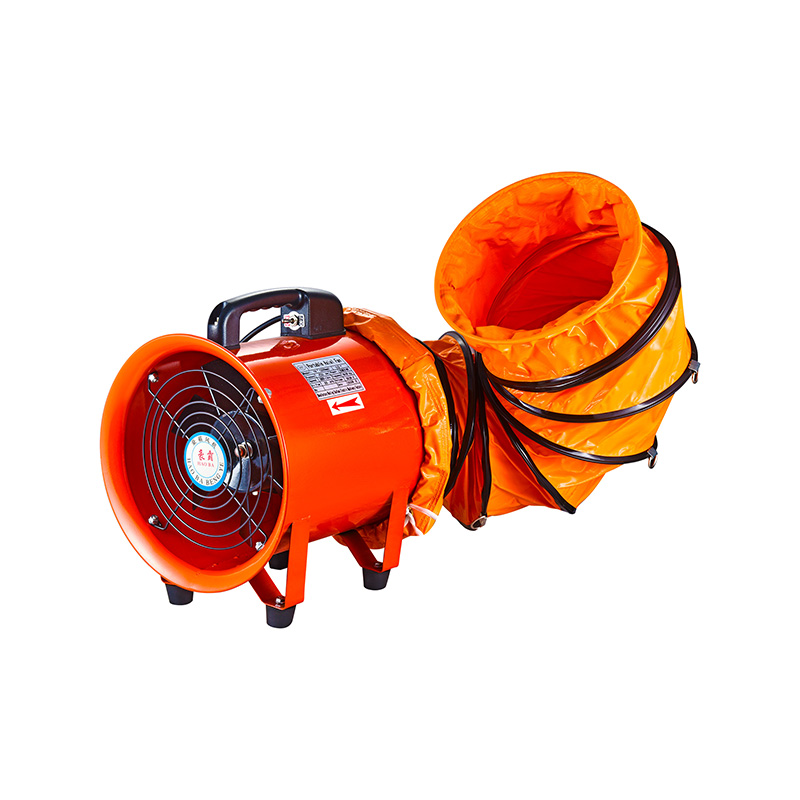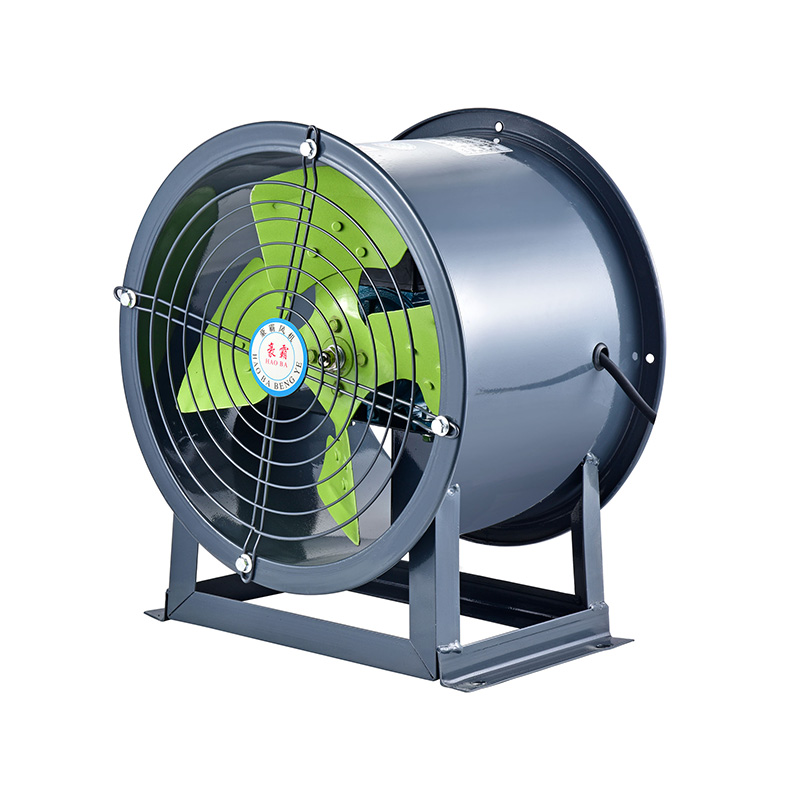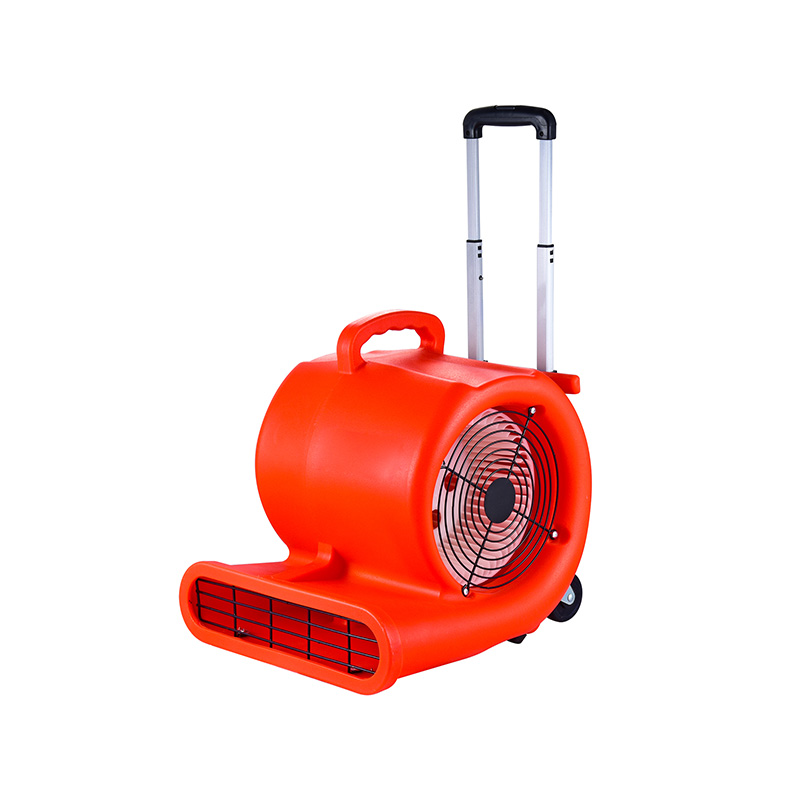Multi-Wing Fans: Structure And Application Scenarios
2025-07-08
Multi-wing fans are widely used in ventilation systems due to their unique structural characteristics and ability to deliver steady airflow across a range of applications. As industrial and commercial facilities continue to seek efficient air movement solutions, the role of multi-wing fans becomes increasingly important—particularly when integrated into systems requiring components like the low noise centrifugal fan, high speed centrifugal blower, and axial roof fan.

Structurally, a multi-wing fan is built with multiple narrow blades arranged in a radial pattern around a central hub. The number of blades can vary, but a common feature is their shallow, curved design, which enhances air volume handling while keeping operational noise at a manageable level. This structure allows the fan to deliver a uniform airflow, making it a practical option for air conditioning systems, heating units, and industrial ventilation applications.
The performance of multi-wing fans is further improved when used in combination with a low noise centrifugal fan, especially in environments where sound levels must be controlled. Facilities such as libraries, medical centers, and office buildings often rely on this pairing to maintain comfort without compromising acoustic standards. By integrating a multi-wing design with noise-dampening centrifugal components, these fans can operate quietly and efficiently over extended periods.
Another important aspect of multi-wing fans is their adaptability to high-pressure systems. This is particularly relevant in configurations involving the high speed centrifugal blower, which is designed to move large volumes of air rapidly. When multi-wing fans are paired with such blowers, they can enhance ventilation in areas that require quick and consistent air exchange—such as workshops, commercial kitchens, or manufacturing lines handling heat-generating processes.
In addition to internal systems, multi-wing fans are commonly used in rooftop ventilation. When configured alongside an axial roof fan, they contribute to improved airflow throughout the building. The axial fan mounted on the roof pulls stale air upward, while the multi-wing fan assists in channeling air from interior spaces toward the exit point. This coordinated airflow helps in maintaining a fresh indoor environment and controlling humidity levels, particularly in buildings where temperature regulation is critical.
One of the advantages of using multi-wing fans lies in their compatibility with different motor systems. They can operate with external rotor motors, belt drives, or direct coupling, depending on the specific airflow needs and installation layout. When noise-sensitive operations are involved, combining the system with a low noise centrifugal fan ensures small disruption. Similarly, in high-demand zones like industrial spray booths or large-scale ventilation shafts, the support of a high speed centrifugal blower ensures that the airflow remains consistent and powerful.
Rooftop ventilation setups can also benefit significantly from this design strategy. For instance, incorporating an axial roof fan with multi-wing fans positioned inside ducting systems can dramatically improve overall air movement. This layered airflow system is particularly useful in warehouses and agricultural facilities, where large volumes of air must be cycled regularly to prevent heat build-up and control airborne particles.
Maintenance of multi-wing fans is relatively straightforward. Due to their open structure and blade arrangement, dust accumulation is usually small, and periodic cleaning ensures that the airflow remains unobstructed. The addition of a low noise centrifugal fan often comes with features like sealed bearings and vibration isolation mounts, which further reduce the need for frequent servicing. When deployed with a high speed centrifugal blower, it's essential to regularly check for alignment and wear to maintain efficient operation, especially under heavy-duty use.
From shopping centers to large production halls, multi-wing fans are adaptable enough to meet various environmental demands. Their structural design supports steady airflow, while combinations with systems like the axial roof fan provide vertical ventilation support that enhances air extraction. Whether your goal is to improve indoor air quality or support cooling in hot zones, the integration of multi-wing fans with low noise centrifugal fans and high speed centrifugal blowers offers a practical and reliable solution.
As building designs evolve and air quality regulations become more specific, the role of flexible and efficient fan systems will only grow. Multi-wing fans, when thoughtfully integrated with complementary components like the axial roof fan, low noise centrifugal fan, and high speed centrifugal blower, can contribute significantly to sustainable and effective air management across a wide range of industries.

 English
English русский
русский عربى
عربى








